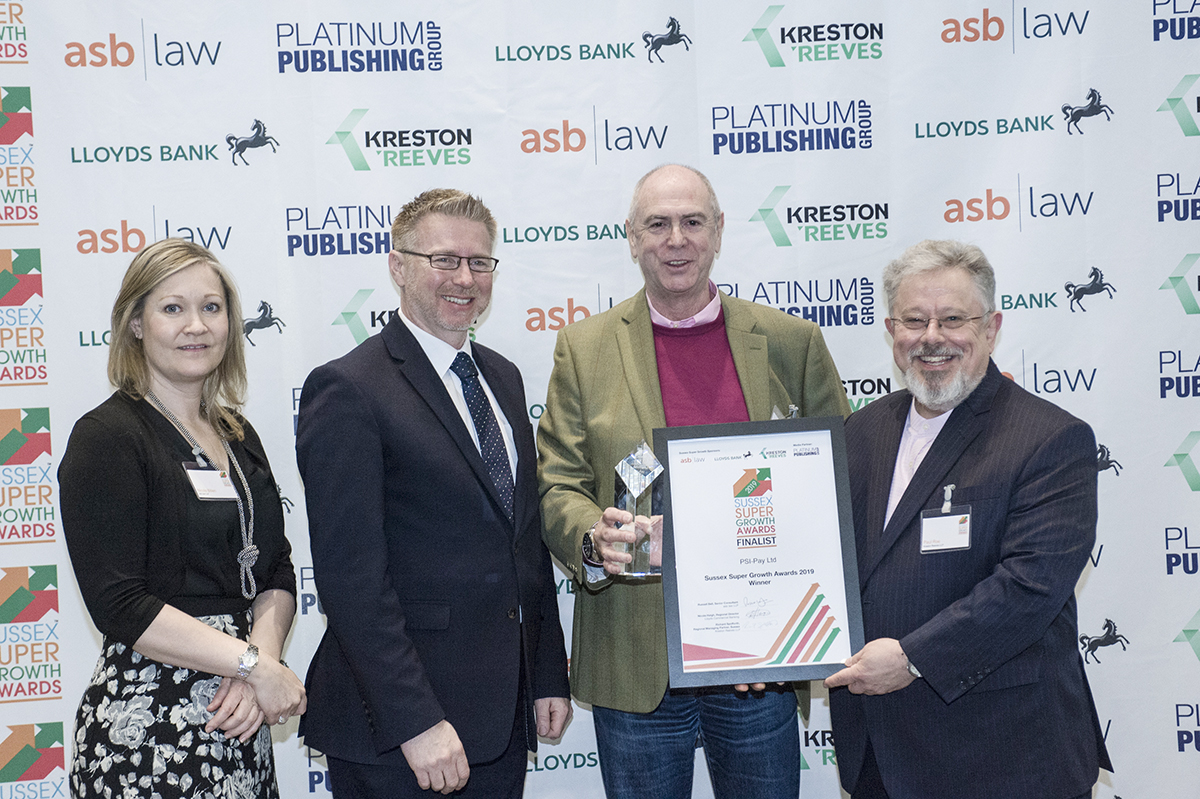
In this month’s article, we are highlighting the importance of having and implementing a plan if you want your business to thrive through wellbeing. Sadly, good intentions are not enough if a sustainable approach to wellness is the desired outcome. Equally, your plan needs to be simple enough that it won’t impact your day to day business activities (but compliment them).
Be clear with what you want to achieve
For a plan to work well, it needs to create an impact but also be measurable enough to define a return on the results it achieves. The plan needs to work with your existing day to day activities. Key considerations include understanding the key drivers for implementing a plan – is it because you want to remain competitive? Or, is it because you have specific health issues to address? It is also essential that your companies’ values mirror what you are trying to achieve.
Statutory obligations
Whether you like it or not, there are things you HAVE to be doing. These regulations simply must be considered in your plan:
- Health and Safety at Work Act 1974 (HSWA)
- Reporting of Injuries, Diseases & Dangerous Occurrences Regulations 1985 (RIDDOR)
- Management of Health and Safety at Work Regulations 1999
- Health and Safety (Display Screen Equipment) Regulations 1992 (amended 2002)
- Employment Equality Act 2010
- Access to Medical Reports Act 1988
- Your ‘duty of care’ obligations including undertaking risk assessments and managing activities to reduce the incidence of stress at work
Get management buy in
The key to success sits with having buy-in at the top. The best way to do this is demonstrate a case for the investment, but also be clear about the likely return. There is lots of information available to demonstrate these key areas, there are often key internal measures that will cement your argument:
- Current sickness absence records
- Health risks specific to your geographic area
- Employee engagement surveys
- Existing use of employee assistance programmes (if already in place).
Equally, external considerations can add weight to your case:
- Public Health England (2017) state that sickness absence averages at 4.4 days per year for every worker. Based on averages, this equates to £571.56 per employee per year.
- Worse still, the cost of presenteeism (when someone is in work and unwell and not productive) is even more than the cost of absenteeism at £605 per employee per year.
Develop your strategy
Once you have the approval to proceed with a plan, your research should have highlighted some key priorities that your strategy needs to address. Use this information to develop the vision and direction for your health and wellbeing strategy. I would recommend using the following key stages to consider within your overall plan:
- Set vision/goals. Ideally this should relate to the overall goals of the company. A good example for an overriding goal could be ‘to reduce sickness absence by 20%’.
- Set your budget. Once you are clear on what the goals of the plan are to be, set a sensible budget that is both affordable but gives enough to achieve the goals.
- Identify responsibilities and objectives. A good plan cannot normally be delivered by one person – so it is a good idea to set clear responsibilities to those people who will deliver the plan but also that their workload allows them sufficient time to focus on the project delivery.
- Determine measures of success. A good plan will draw on several key measures to show success. These might include:
- Sickness records
- Exit interviews
- Employee satisfaction surveys
- Feedback from delivery team/champions
- Uptake of related benefits and initiatives
- Set initiatives. We discussed the key pillars of wellbeing in last months’ article, so these can be excellent topics for initiatives. There are lots of external awareness days that can be used through the year – as long as they fit your objectives. Consider key events such as ‘Stoptober, Mental Health Awareness Week, or Dry January
- Appoint the experts. There is a wealth of local businesses who can help, at relatively low cost – in many cases for free (many charities provide key resource). Giving your employees access to the experts is as useful as the service itself.
Blast off
Once your plan is ready, the way that you launch it will have a huge impact on its success. Regardless of the size of your business, consider a launch event, communicate through posters and your intranet. Appoint champions – they can really drive your message home. It might also mean you need to train certain people in areas like mental health first aid. It’s also really key to keep communicating – newsletters and good new stories can keep momentum in place (you might even consider putting health related incentives in place that tie into your initiatives).
Keep moving forward – review and develop
It is crucial to measure and review the output in a formal capacity, on a regular and timely basis. This should include basic reviews, like a monthly catch up with champions, and capturing key data in monthly management reviews. If something isn’t working – find out why, and if necessary, change your approach.
Contact us
ViiSana specialises in implementing wellness programmes using Vitality Life and Health insurance as the backbone of the approach. If you would like to discuss your company’s individual health concerns/challenges, or if you would just like to discuss ideas for implementing a programme at your business, please get in touch:
Email: gethealthy@viisana.com
Tel: 0333 772 0761
Twitter/Instagram/Facebook/LinkedIn




